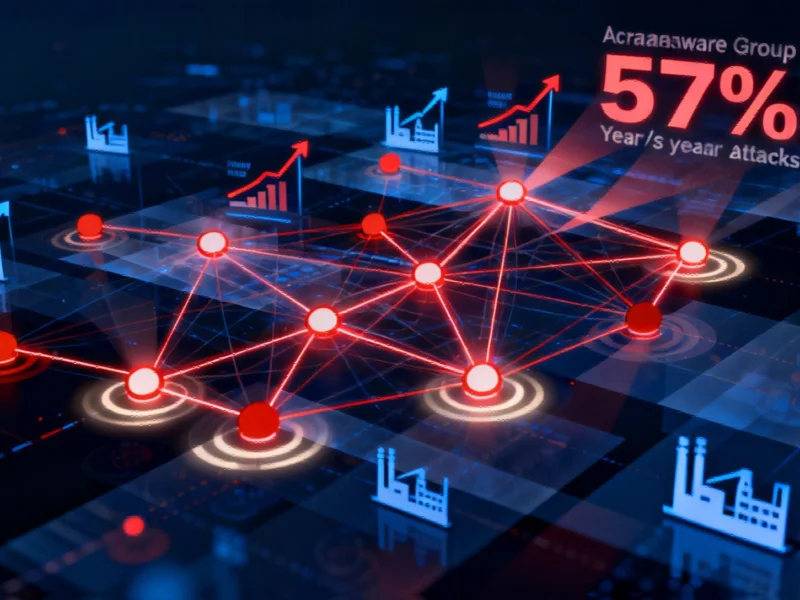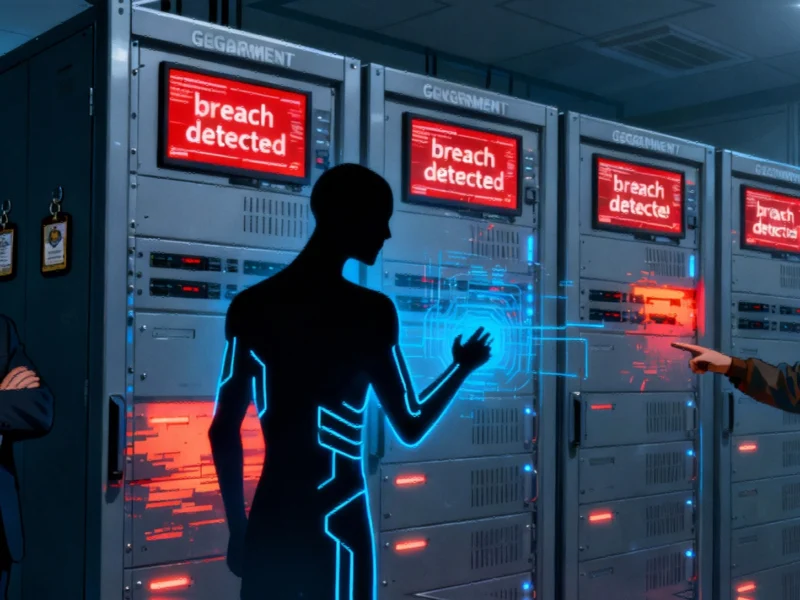A new cybersecurity report reveals that the ransomware landscape is becoming more fragmented and complex, with the number of active groups reaching unprecedented levels despite overall attack volume stabilizing. GuidePoint Security’s latest quarterly analysis shows a dramatic 57% year-over-year increase in distinct ransomware operations, creating new defensive challenges across industries.
The Growing Threat Landscape
According to the Q3 2025 Ransomware & Cyber Threat Report, the number of active ransomware groups has surged to a record 77, highlighting both the consolidation of skilled operators within major Ransomware as a Service (RaaS) platforms and the ongoing churn of emerging actors. This proliferation of threat actors represents a significant shift in how cybercriminal operations are structured and executed.
Nick Hyatt, Senior Threat Intelligence Analyst at GuidePoint Security, emphasized that “while overall activity has stabilized, the number of distinct ransomware groups has surged to a record 77 — highlighting both the consolidation of skilled operators within major RaaS platforms and the ongoing churn of emerging or lower-skill actors entering the ecosystem.” This trend is creating what security professionals are calling a new normal in cybersecurity threats that requires adaptive defense strategies.
Manufacturing Sector Under Increased Pressure
Perhaps most concerning for industrial operations, manufacturing attacks rose 26 percent quarter-over-quarter, making this sector one of the most heavily targeted. This increase comes at a time when manufacturers are increasingly adopting digital transformation initiatives, including AI-powered solutions for operational efficiency that may introduce new attack vectors if not properly secured.
The manufacturing industry’s critical role in supply chains and its often legacy infrastructure make it particularly vulnerable to ransomware attacks. Production downtime in manufacturing can have cascading effects across multiple industries, making these attacks particularly damaging from an economic perspective.
Evolution of Ransomware Operations
The report identifies two parallel trends driving the ransomware ecosystem’s expansion. Established groups like Qilin and Akira are streamlining their operations and becoming more efficient, while newer, more insular groups such as SafePay demonstrate how smaller actors can thrive by maintaining lower profiles and avoiding law enforcement attention.
Hyatt noted that “the growing diversity of ransomware groups is creating new challenges for defenders. While established actors like Qilin and Akira are streamlining their operations, newer groups such as SafePay demonstrate how even small, insular actors can thrive by staying under the radar.”
Broader Implications for Industrial Security
This fragmentation of the threat landscape coincides with broader technological advancements across industrial sectors. As organizations in technology innovation hubs push forward with digital transformation, the expanding ransomware ecosystem presents increasingly sophisticated challenges that require equally advanced security measures.
The report also examines new state rules surrounding ransomware payments and analyzes the impact of law enforcement actions targeting cybercriminal forums. These regulatory and enforcement efforts represent important tools in combating the ransomware threat, though their effectiveness varies across jurisdictions.
Adapting Defense Strategies
Security professionals emphasize that this evolving threat environment requires a shift in defensive postures. The traditional focus on perimeter defense must be supplemented with more granular monitoring, rapid detection capabilities, and comprehensive incident response plans. As the ransomware group proliferation continues, organizations must assume that determined attackers will eventually breach their defenses and prepare accordingly.
Hyatt concluded that “this ‘new normal’ isn’t a reason for complacency — it underscores the need for sustained vigilance in an increasingly fragmented threat landscape.” The combination of established groups refining their techniques and new actors entering the market creates a dynamic threat environment that demands continuous adaptation from security teams across all sectors, particularly those in critical infrastructure and manufacturing.
Based on reporting by {‘uri’: ‘mbtmag.com’, ‘dataType’: ‘news’, ‘title’: ‘Manufacturing Business Technology’, ‘description’: ‘Manufacturing Business Technology focuses on how ERP, CMMS, PLM, e-Commerce, CAM, CAD and other software platforms ensure competitiveness for industrial professionals.’, ‘location’: {‘type’: ‘country’, ‘geoNamesId’: ‘6252001’, ‘label’: {‘eng’: ‘United States’}, ‘population’: 310232863, ‘lat’: 39.76, ‘long’: -98.5, ‘area’: 9629091, ‘continent’: ‘Noth America’}, ‘locationValidated’: False, ‘ranking’: {‘importanceRank’: 595489, ‘alexaGlobalRank’: 762574, ‘alexaCountryRank’: 360763}}. This article aggregates information from publicly available sources. All trademarks and copyrights belong to their respective owners.



